Blue My Mind
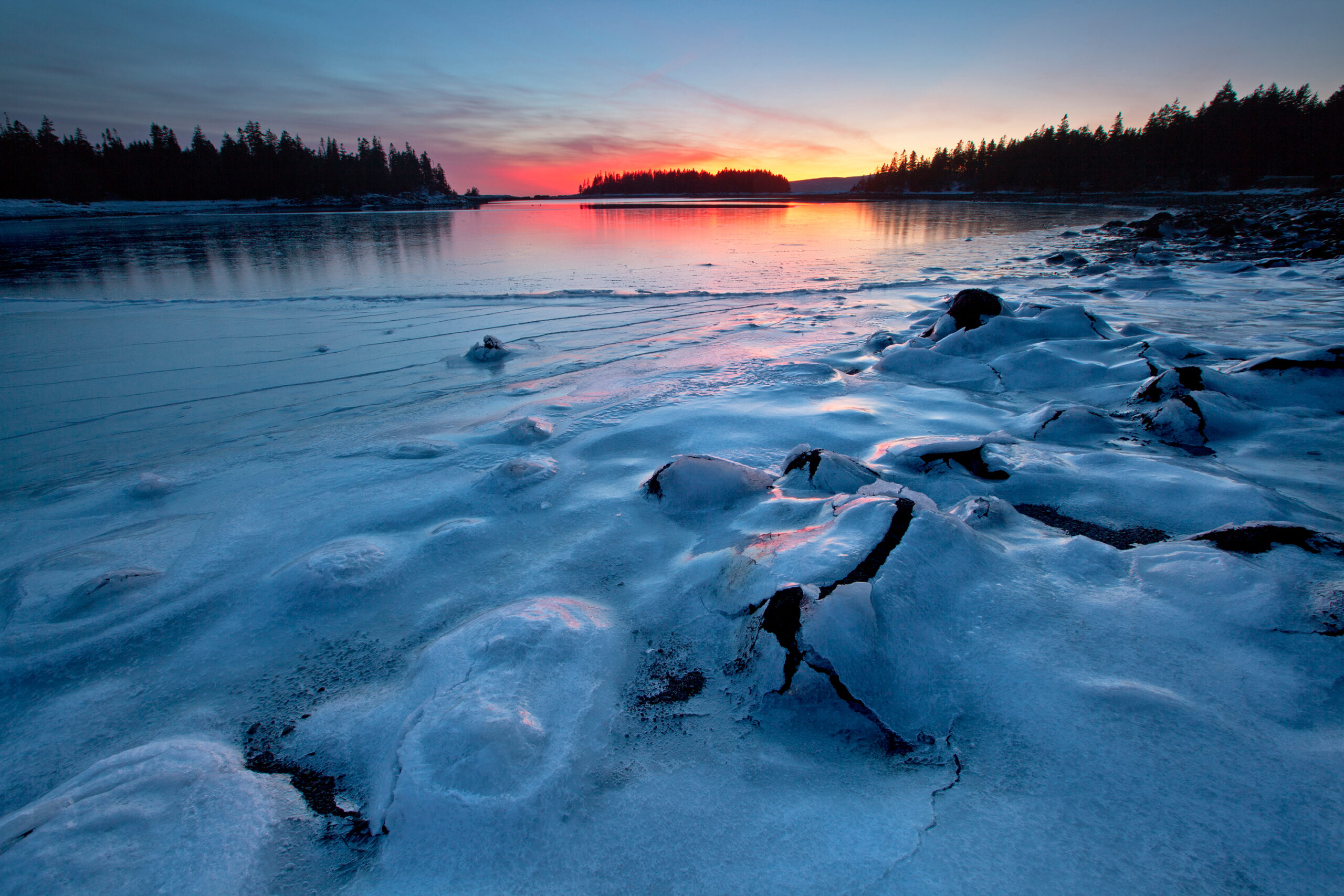
Dear Bubbles,
Why is the blue hour called “The Blue Hour” if it only seems to last about 15 minutes? Thanks!
Bubbles
Dear Bubbles:
Yep, that’s right. I asked myself a question for this month’s column. I ask myself questions all the time. Why do I exist? What pie shall I have for breakfast? You know, really important stuff!
Some might suggest I ask so many questions that I excel at overanalyzing. They aren’t wrong. Except I’d call it curiosity. According to the Oxford Dictionary, “curiosity” means “A strong desire to know or learn something.” While I do not have definitive answers yet as to why I exist, I do know that discovery and analysis are how I make my existence worthwhile and fulfilling. Although it took me 40 years to set aside the pursuit of achievement to seek knowledge and wisdom, I now adopt this philosophy: if I stop learning (or having fun) in photography (or anything else), I know it’s time to give it up and move on to something else that promises discovery and delight.
Not to worry. It seems the questions—and learnings and fun—keep coming with photography, so I don’t see any chance of that happening any time soon.
Anyhow! I have asked myself this specific question about The Blue Hour ever since hearing about it because it has never made any sense to me. It’s known in the photography world that the Blue Hour happens before sunrise and after sunset when the natural light takes on a diffused, but rich, blue shade that’s gorgeous for photographing the landscape (and other subjects like architecture). In more complex terms, the blue tint to the light occurs when sun sits far enough below the horizon (i.e., before sunrise and after sunset) when “the sunlight’s blue wavelengths dominate due to the Chappuis absorption caused by ozone.” (Source: https://en.wikipedia.org/wiki/Blue_hour. By the way, I learned more than I’ll ever need to know about “Chappius absorption” while researching and writing this column…)
Photographers specifically refer to this time as an hour, but even after just a couple of sunrises will demonstrate that this desired blue light does not last nearly an hour. I’ve observed that the rich blue lasts maybe 10 to 15 minutes. A quick internet search will tell you that The Blue Hour exists but offers little in the way of its exact timing or why we call it an hour when it doesn’t last the full hour. I’m a writer. Semantics matter! Not being able to find a good answer has driven me bonkers every time I stand outside in nautical twilight when the Blue Hour supposedly happens.
Especially when photographers refer to the hour immediately after sunrise and before sunset as the Golden Hour. Yes, the light is more golden than at other times of the day. Yes, the Golden Hour lasts about an hour. Why can’t the Blue Hour behave like the Golden Hour?!
To understand the timing and length of the Blue “Hour,” it’s helpful to start with an understanding of the three different twilights we experience:
- Astronomical twilight: Occurs when the sun travels between 18 degrees and 12 degrees below the Earth’s horizon. Pitch black dark. One cannot distinguish a horizon or details in the landscape without using artificial light.
- Nautical twilight: Occurs when the sun travels between 12 degrees and 6 degrees below the Earth’s horizon. One can distinguish a horizon but cannot pick out discernible details in the landscape without using artificial light. (In case you were curious, this time frame is also referred to as “between wolf and dog” which comes from a French phrase “entre chien et loup” and indicates it’s the time of day when you can distinguish between a wolf and a dog because of low light.)
- Civil twilight: Occurs when the sun travels between 6 degrees and 0 degrees below the Earth’s horizon. One can read a book (i.e., discern detail) without using artificial light.
(As an aside, when these three twilights occur in the morning, they are collectively called “dawn.” When they happen in the evening, they are collectively referred to as “dusk.” Has anyone else been confused when they see a sign that says a park, or an area, is open from “dawn to dusk”? What does that even mean?! Are we talking civil, nautical, or astronomical dawn? Are we talking civil, nautical, or astronomical dusk? I need answers, people!)
Based on my previous research of twilights many, many moons ago when studying natural light to improve my photography, I learned that astronomical twilight occurs about 90 minutes before sunrise and again after sunset. Nautical twilight happens about 60 minutes before sunrise and again after sunset. The Blue “Fifteen Minutes” occurs in nautical twilight. Finally, civil twilight happens about 30 minutes before sunrise and again after sunset. Based on my travels around the United States, I’ve largely found all that to be true. It all made perfectly sense. Except the Blue “Hour.”
Everything changed for me on November 8, 2024.
I blacked out the exact details, too overcome by joy, but somewhere, somehow, someone posted an article online about The Blue Hour. And there it was, like a holy grail being revealed to me for the first time. I saw the headline on the Time and Date website, in the form of a question I’d been asking most of my photography career: “Does the Blue Hour Last for 60 Minutes?” In just three paragraphs, everything in my world made sense again. (At least regarding The Blue Hour…I still question my existence and what pie to eat for breakfast daily. I’m still calling it progress.)
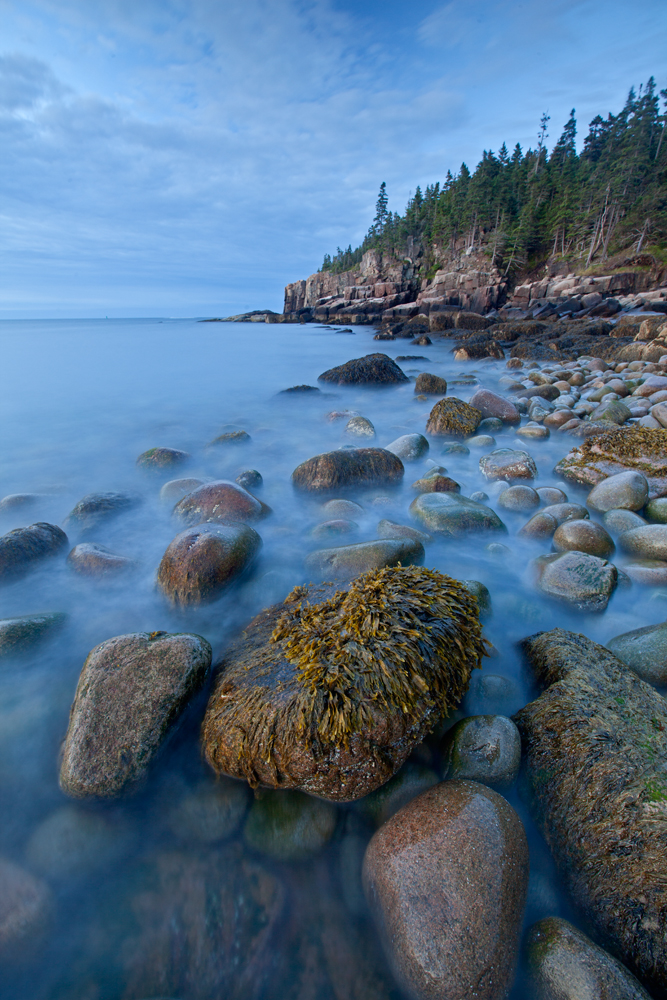
Although blues are evident and visible during all the twilights, this article clarified that the time when “the sunlight’s blue wavelengths dominate due to the Chappuis absorption caused by ozone” is strongest when the sun sits in between 8 degrees and 4 degrees below the horizon. This means the Blue “Hour” technically transcends twilight boundaries. It starts towards the end of nautical twilight extends into the beginning of civil twilight at sunrise. At sunset, it starts at the end of civil twilight and extends into the beginning of nautical twilight.
I went back into my photographic archive. Sure enough! The photographs I’d previously made in what I would have deemed “The Blue Hour” just by the quality of the light occurred all within this transition time between civil and nautical twilights. This blue my mind! (Pun intended.)
Case in point: I made the above photograph on February 12, 2012 at 5:30 pm at West Pond Cove in Acadia National Park, Maine. Civil twilight ended—and nautical twilight started—at 5:28 pm. This maps out to the sun sitting below the horizon in between 4 and 8 degrees which yields the rich blue shade you see in this photo bathing the ice shelf in the foreground (which is normally white). The ice is also reflecting the color from blue sky above which is intensifying the effect. I did not saturate or manipulate the colors in this photograph.
Although I don’t have data to prove it yet, it seems that rather than being precise about the exact elevation of the sun and timing between civil and nautical twilights, we’ve merged the two twilights—which each last about 30 minutes per their definitions—into a 60-minute block and reference the whole thing as the “Blue Hour.”
But here’s the kick! The time it takes the sun to make this journey from 8 degrees to 4 degrees depends on where you are standing on our planet—and when. Locations closer to the equator will have significantly shorter twilight times than locations closer to the poles. Also, during the summer months, when the sun is closer to the poles, twilight times lengthen. According to the Time and Date article, a Blue “Hour” could range from 16 minutes at the equator to several hours within the polar circles.
So basically, the Blue Hour is kinda like a “Happy Hour.” A gathering of friends could be 16 minutes or several hours depending on the company, the conversation, the music (maybe even the Blues?!?), how many nachos you’ve ordered, and how much wine you’ve drunk. The timing only matters in getting you in the right place at the right time. What matters is the fun.
In the Blue Hour’s case, the timing also only matters in getting you in the right place at the right time. What matters is the blue. And of course, the fun.
And the learning. Never ever stop learning. Keep asking questions. About everything. As Albert Einstein said, “The most important thing is not to stop questioning. Curiosity has its own reason for existing.”
For us, as photographers, curiosity leads us to explore, pay attention, challenge, and grow as humans through our art. Curiosity is, in my opinion, one of the most critical skills to possess as photographers if we wish to connect more deeply with ourselves, our surroundings, and our expressions. Simply put, curiosity helps us see the light.
Be well, be brave, be wild,
Bubbles
Have a question about photography and/or the creative life? Need some advice? Looking for inspiration? Send your question to Dear Bubbles at colleen@colleenminiuk.com to be possibly featured in a future column post. (If you’d prefer a different display name than your real first name, please include your preferred nickname in your note.)
If you liked this free post, please consider supporting Dear Bubbles either through a monthly contribution through Patreon or a one-time donation through Buy Me a Coffee. Learn more about both at https://dearbubbles.com/support.
The new “Making the Photo” video series is here! Check out the first episode at https://dearbubbles.com/2025/02/making-the-photo-turning-the-page. Catch the other monthly episodes by becoming a Patreon supporter for just $2/month.


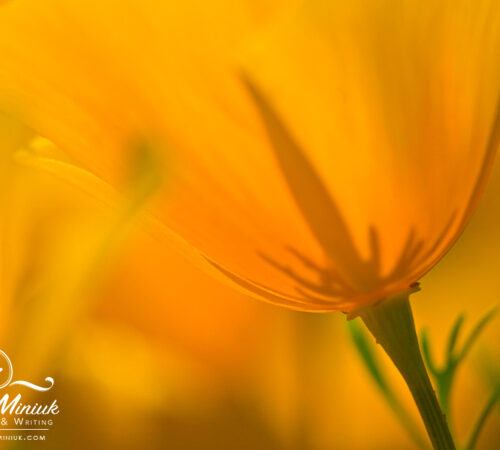
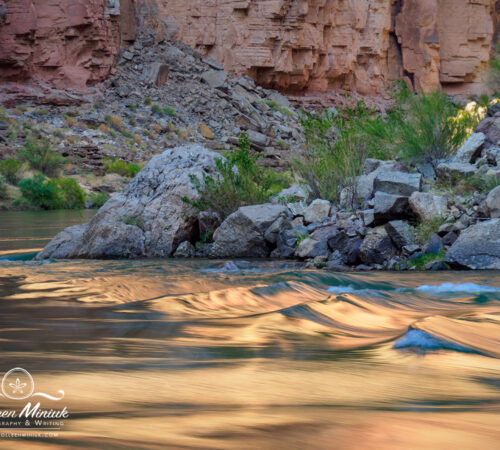
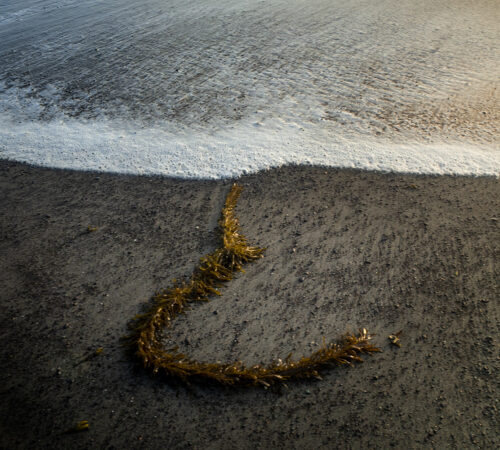
2 Comments
Shane Davila
Thanks for the info, Colleen.
Bubbles
Thanks for reading, Shane!